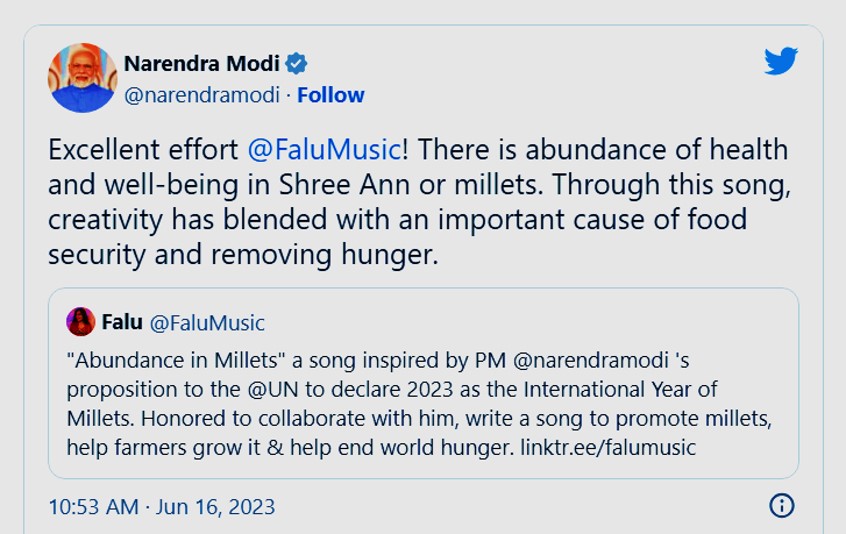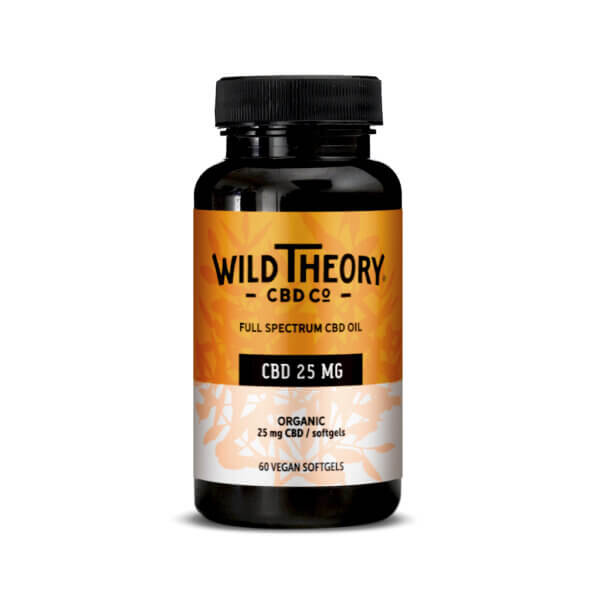Everyone’s had an upset stomach before, but what about more serious digestive issues? An astounding 60 to 70 million people are affected by digestive diseases and illnesses! A survey from 2022 revealed that about 40% of Americans’ daily lives are disrupted by bowel problems, stopping them from exercising, running daily errands, and spending time with loved ones, among other things.
The most common types of digestive issues are irritable bowel syndrome (IBS), gastroesophageal reflux disease (GERD), celiac, colitis, Crohn’s disease, and even lactose intolerance. Common household remedies for these digestive issues include OTC drugs, exercising, and cutting back on fatty foods, sweet foods, fizzy drinks, or food that could cause gas.
But did you know that there’s an even more effective method to relieve the symptoms of these common GI issues? Try CBD for digestion! CBD has some incredible healing properties when it comes to pain and inflammation relief, but it has great potential for digestion too! CBD and digestion are two things that go hand-in-hand pretty well. For an all-natural alternative, CBD oil for digestive issues is sure to be your new go-to the next time your stomach starts acting up!
What is CBD?
CBD, or cannabidiol, is one of many beneficial compounds or cannabinoids found in the cannabis plant. In fact, the cannabis plant contains thousands of cannabinoids, terpenes, flavonoids, and phytocannabinoids that all have great benefits for our bodies!
CBD is known for its wide range of benefits, including relieving pain and discomfort, decreasing inflammation, soothing stress and anxiety, promoting calm and relaxation, and encouraging overall balance in the mind and body. For digestion especially, CBD has been found to help regulate appetite, reduce inflammation in the gut, and even lower cortisol levels, which prevents leaky gut syndrome and strengthens the lining of our GI tract. CBD for digestion is one of the best ways to improve gut health naturally!
What does CBD do?
Now you might be wondering, how does CBD achieve all of these astounding effects? Well, here’s how!
Our body has what is called an endocannabinoid system, or ECS. The endocannabinoid system is a dense and complex system of receptors that are found all throughout the body, including the gut.
Cannabinoids, whether coming from an external source or produced internally in our body (as is the case of endocannabinoids), attach to these receptors to influence and regulate a bunch of different biological functions in our bodies, from our digestion to our immune system. This is also how CBD manages pain, inflammation, stress response, sleep patterns, and even thinking.
When it comes to CBD for digestion the ECS utilizes CBD to aid in regulating bowel movement and elimination, as well as managing abdominal pain. Want to learn more about how to improve digestion with CBD?
Why take CBD for Digestion?
CBD oil for digestion is shown to have unique benefits for the symptoms of many gastrointestinal issues. Here are some examples of what CBD oil for stomach problems can do for you!
● Support gastrointestinal motility: Gastrointestinal motility is the contraction of our intestinal muscles to move and propel food through the GI tract. CBD can help maintain GI motility to keep our digestive system functioning well and regulate our bowel movement, which can get thrown into disarray when we’re suffering from gastrointestinal issues. If you’re wondering how to restore gut health, this is a great method!
● Manages pain: You probably know this by now, but one of CBD’s most famed benefits is its ability to be an analgesic, or its ability to relieve even the toughest pain. CBD is excellent for both chronic and acute pain, and CBD has even shown some promising potential in cases of hard-to-treat pain — including digestive distress!
● Soothes inflammation: IBS, or inflammatory bowel syndrome, is one of the most common gastrointestinal issues we may face. CBD oil for IBS could be just the remedy you need! CBD is a known as a plant-based anti-inflammatory and isn’t harsh on your stomach lining either, so you don’t have to worry about it affecting your gut too much.
● Prevents nausea and vomiting: Nausea and vomiting are common symptoms of a stomach problem and can be very unpleasant to deal with. Thankfully, with CBD, you can suppress feelings of nausea and vomiting and focus on recovery and treatment.
● Regulates appetite: Loss of appetite is a usual symptom of digestive problems and other health issues. It’s one of the first physical signs that something could be wrong. Coincidentally, one of the things that CBD can influence through the ECS is our appetite! Other than maintaining a healthy appetite, CBD also improves satiety, which can help curb those unhealthy late-night cravings. Win-win!
The Best CBD Products to Enhance Digestion
For the most optimal relief from digestive issues and their symptoms, we highly recommend trying full spectrum CBD! What is full spectrum CBD? This CBD oil for stomach problems is made from all components and compounds found in the cannabis plant. This includes CBD plus other cannabinoids, such as THC, terpenes, flavonoids, and phytocannabinoids. When we say all parts of the cannabis plant, we do mean all.
Why is full spectrum CBD your best bet for digestive problems? That’s because of something called the entourage effect! The entourage effect suggests that you receive the benefits of the cannabis plant with enhanced potency and increased effectiveness when all the cannabinoids and other compounds are used simultaneously. This is because these compounds have a natural synergy with each other and work best when they’re together — talk about some awesome teamwork!
That’s why we’ve brought together our best selection of full spectrum CBD oil for digestive issues, whether you need mild or stronger support, from CBD topicals to full spectrum CBD gummies — all here to help you through even the most tumultuous stomach bug!
NOTE: CBD may interact with other different medications for digestion, such as Prilosec, Prevacid, and Nexium. CBD can inhibit the enzyme responsible for breaking down these particular medications, which means that these drugs can linger longer in our system. This could increase the risk of side effects, like diarrhea. Be wary of taking CBD with other medications and if you’re unsure, consult your doctor or pharmacist.
Mild Support
Minor digestive issues include gas, bloating, indigestion, constipation, nausea, IBS, and diarrhea that usually lasts for a short time, such as a day or two. These problems are manageable at home with mild support from medications, but they can still escalate into more serious problems. And they’re not that pleasant to deal with either. For the best mild support for the occasional stomach problem, you can trust CBD for IBS flare-ups, bloating, constipation, diarrhea, and other issues!
Wild Theory Full Spectrum CBD Capsules 25mg provide excellent daily support for digestive issues and overall wellness. It’s perfect for those mild IBS flare-ups, constipation, nausea, everyday gas and bloating, and even occasional stomach aches and pains. Plus, this CBD oil for digestion comes in bioavailable and easy-to-swallow liquid softgels, containing precisely 25mg of full spectrum CBD — just the right amount for mild support!
● IBS flare-ups or diarrhea
● Gas and bloating
● Nausea
● Constipation
● Indigestion
Everyday support
Sometimes you need more meaningful support for your stomach issues, especially if they happen more frequently than they should. And like we said, minor digestive issues, usually when left untreated, could develop into a more serious digestive problem.
Wild Theory Full Spectrum CBD Oil 750 mg is specially formulated to be a powerful dose for everyday support, whether you need CBD oil for digestive issues or everyday stress relief. This CBD oil for stomach problems is rich in whole-plant compounds like cannabinoids, terpenes, and flavonoids to bring you lasting, daily support through everything life has in store for you! It’s great for regulating appetite and digestive function, promoting gut health, and preventing nausea, vomiting, and stomachaches. Wonderful for everyday use!
● Manages GI health
● Fights stress and tension
● Regulates appetite
● Relieves upset stomach or nausea
High-Level support
When worst comes to worst, you want a remedy that you know you can trust. High-level support is usually required for very serious digestive issues and conditions, such as colitis, Crohn’s disease, celiac, severe IBD, and extreme GERD flare-ups, among others.
Serious medical attention from a professional is the best way to find long-term relief and treatment for these conditions, but CBD can be just as effective in managing their symptoms as any other remedy! This could include stomach pain relief, decreasing inflammation, reducing nausea, preventing vomiting, and stimulating the appetite so you can get some much-needed nutrition. It’s ideal for celiac disease self-care and self-management of other conditions.
Wild Theory Full Spectrum CBD Oil 3000mg is our most potent dose of CBD oil for digestion yet! It’s the best CBD oil for Crohn’s, different types of colitis, including CBD for ulcerative colitis, GERD flare-ups, and symptoms of other intense digestive issues. It’s the best support for moderate to high-level stomach problems!
● Relieves serious digestive flare-ups due to GERD, IBD, or colitis
● Eases inflammation
● Balances appetite
● Fights nausea and vomiting
Topical relief
Sometimes you want targeted relief that focuses only on the area where the pain and inflammation are concentrated. Topical remedies can come in the form of creams, balms, ointments, and lotions.
Wild Theory CBD Cream Extra Strength is a powerful CBD topical to ease aching, soreness, inflammation, and areas of discomfort, wherever they may be. It’s deep, intensive, and relaxing, with a combination of soothing herbs and essential oils that support and enhance the effects of CBD, and even moisturize the skin! It’s safe for people with skin sensitivities, absorbs into the skin quickly, and brings you long-lasting results.
● Topical treatment for targeted relief
● Fast-acting
● Soothes discomfort
● Moisturizes and nourishes skin
Gummy form
Not quite used to the taste of CBD oil just yet? Full spectrum CBD gummies are perfect for you! They contain all the amazing benefits of CBD in a convenient, delicious gummy form that you’re sure to enjoy having as a fun little treat throughout the day.
Wild Theory Strata Gummies are our best full spectrum CBD gummies! With a winning combination of CBD and THC, you can enjoy that amazing entourage effect for maximum relief from chronic pain, anxiety, sleeplessness, and digestive problems. Pop one in any time, anywhere you like, and experience the wonders of these full spectrum CBD gummies at home, on the go, or wherever you are.
● Reduces symptoms of digestive distress
● Encourages better rest and less stress
● Combats chronic pain and GI troubles
● Convenient and delicious dosing
Better digestion is just around the CBD corner!
Don’t let digestive problems get in the way of life! With CBD, you can have better digestion, longer-lasting relief, and enhanced wellness in just one package. Be sure to ask for these products from your local CBD-friendly health shop today.
Image by https://wildtheory.com/










